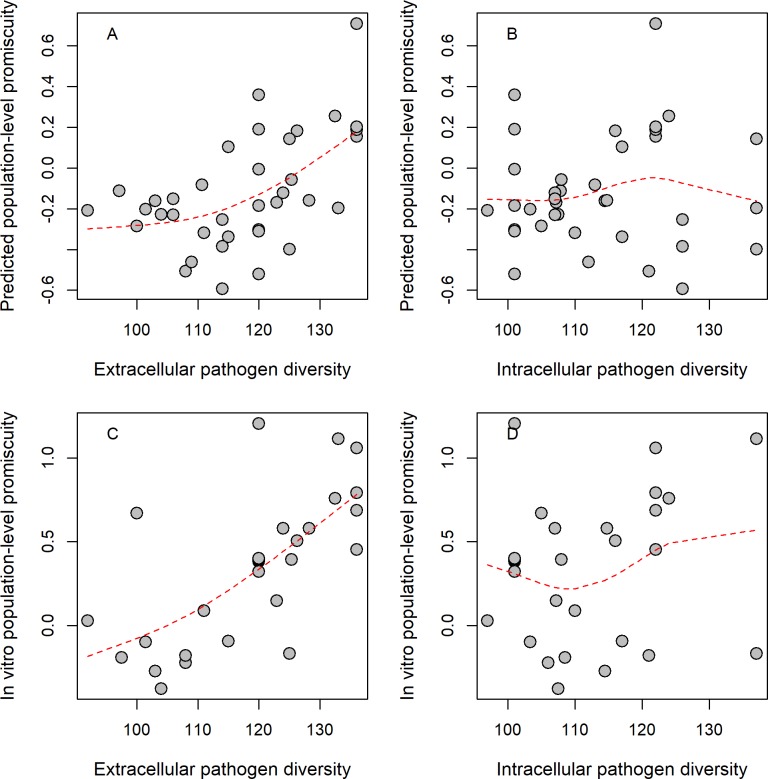Fig 1. Relationship between epitope-binding promiscuity and pathogen diversity.
Normalized population-level promiscuity of HLA-DRB1 alleles is shown as the function of extracellular pathogen diversity, as approximated by species count. Promiscuity scores were calculated based on standardized (i.e., z-score) allele promiscuity values and were averaged in each population group (see Methods). Significant correlations were found between extracellular pathogen species count and (A) predicted allele promiscuity level in 37 groups (Spearman’s rho: 0.5, P = 0.002) and (C) in vitro promiscuity level in 28 groups (Spearman’s rho: 0.7, P = 3*10−5). No significant correlation was found between intracellular pathogen diversity and (B) predicted and (D) in vitro promiscuity at the HLA-DRB1 locus (Spearman’s rho: 0.04 and 0.21, P = 0.81 and 0.29, respectively). Dashed lines indicate smooth curve fitted using cubic smoothing spline method in R (see Methods). Population groups were created using the 15th percentile genetic distance cutoff (see Methods). For results obtained upon using alternative distance cutoff values, see S3 Data. The underlying data for this figure can be found in S4 Data.

